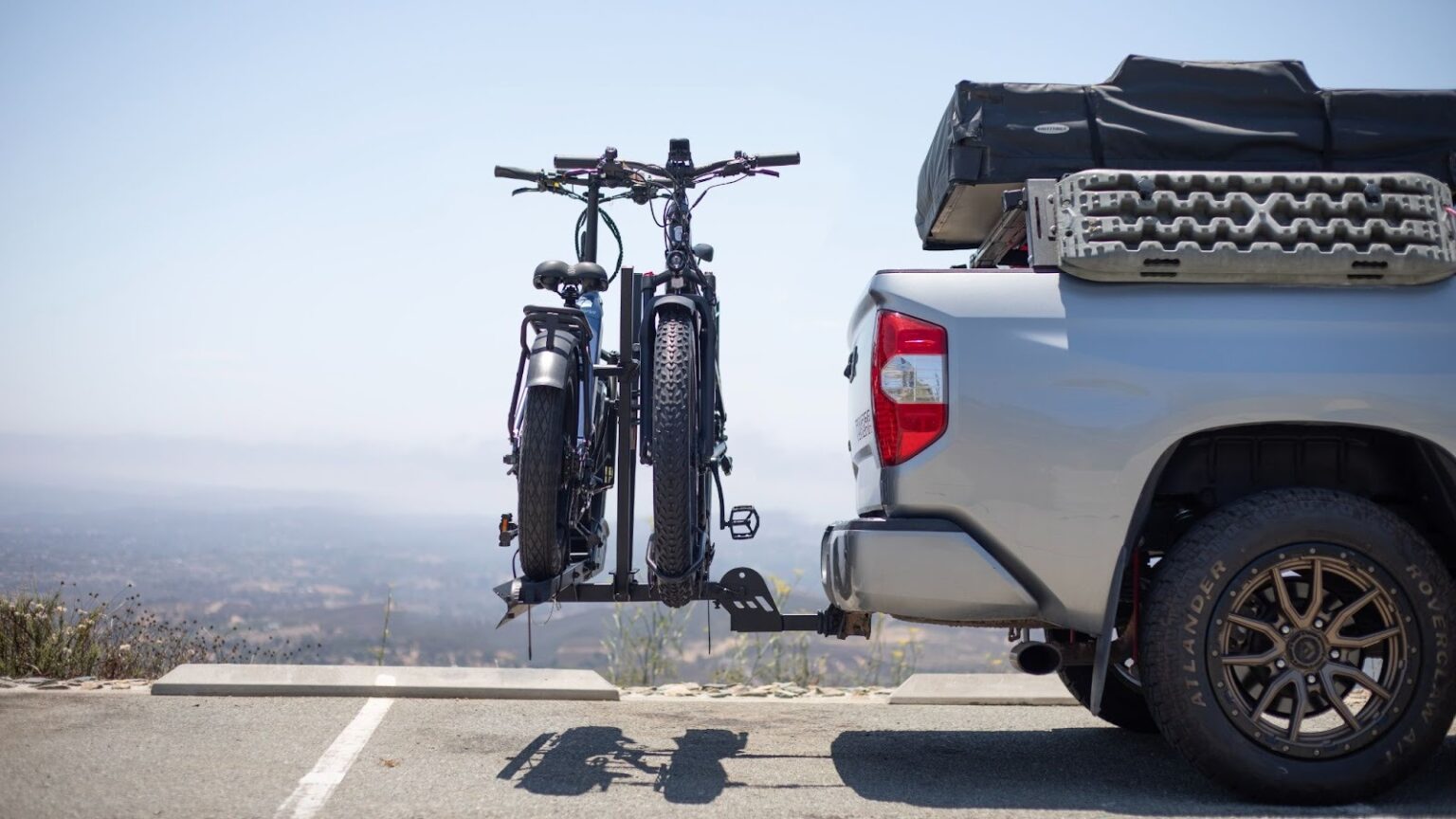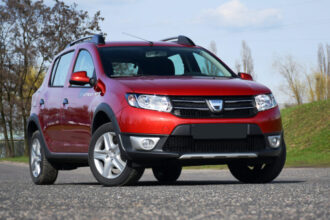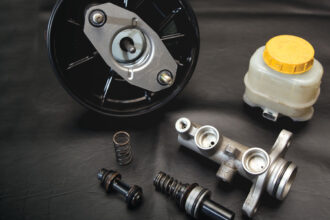The issue with moving heavy bikes, namely, those with electric power, fat-tire or full-suspension mountain bikes, is that this involves a set of tools that can carry a significant amount of weight but does not reduce security. This is the place where a good hitch mount bike rack is necessary. Hitch racks are stronger, more stable, and confident in the course of traveling as compared to traditional trunk racks or lightweight carriers. Not all the racks are constructed equally. Certain models are specifically designed with heavier loading capability, less frame pressure, and highway speed road safety.
In my personal experience of commuting with an e-bike weighing 65 pounds on rough roads and long and winding highway systems, I soon realized that a proper hitch bike rack is all one needs. The incorrect rack has the difficulty of distributing the weight and creating stability, whereas the hitch mount bike rack of good capacity has the ability to carry the heavy bikes without any difficulty. Being aware of what features are of the most importance assists the riders to select the rack that suits them and be absolutely certain about it.
Understanding the Requirements of Heavy Bikes
The transport gadgets have their demands towards heavy bicycles. They come in heavy frames, bigger tires, and are sometimes two times heavier than the normal road bike. An average carrier cannot even carry them comfortably. These problems are solved with a high-capacity hitch bike rack which provides with their reinforced trays, adequate locking arms, and durable construction that can be used over time.
The other benefit is decreased loading height. A few inches are important when moving a heavy bike. A hitch mount bike rack enables the rider to pick up the bike at a more natural height, which helps in avoiding fatigue and less probability of dropping the bike. This is a perfect design that accommodates the requirements of the rider who requires strength, convenience and safety in a single solution.
Features That Define the Best Hitch Racks for Heavy Bikes
In picking a rack which is to be used with heavy loads, some of the characteristics carry more weight-and that too, the figurative sort. The initial one is the load capacity. Heavy-duty racks usually carry a total load of between 120 and 160 pounds thus are practical with two electric bikes or a series of mountain bikes. The weight is distributed evenly even during long distances, reinforced arms and wheel trays ensure this.
Racks of the platform type often figure in the heavy-bike category. Instead of holding the frame in place, they use the wheels to hold the bike so that they do not ruin delicate tubing or place too much stress on carbon or aluminum bodies. At the initial discovery of the racks, I quickly observed the convenience and safety of putting the load in the platform-like designs.
Safe lock-ups are also significant. The heavy bikes require very strong hooks and anti-sway devices that help keep the bike in check in case of sudden stops, sharp manoeuvres or even when the wind is blowing. Riders ensure the safety of their bike as well as that of their vehicles by selecting a good rack with features of good locking mechanisms.
Why Hitch Bike Racks Outperform Roof and Trunk Racks
Heavy bikes were never intended to be used on roof and trunk racks. It is not only hard to carry a 60-pound e-bike up to the roof of a car, but it is also unsafe. The likelihood of shoulder straining or the dropping of the bike becomes very high. There are also roof racks which influence the aerodynamics of the vehicle, decreasing the fuel efficiency and increasing the wind-resistance.
Conversely, the hitch mount bike rack has the weight at the rear of the vehicle and is more in touch with the ground and attached to a hitch receiver that is structurally solid. This set up is more effective with the heavy loads and makes the bike stable. The bike is also in the rear view of the driver and is thus easy to monitor when travelling.
In my own experience of traveling, I have observed that there is now a great enhancement in comfort of mounting heavy bikes on a hitch rack. There is no need to lift and re-lift any more when it comes to straps. Nothing is lost on the way to the destination, whether it is due to the mounted bikes.
How to Evaluate a Heavy-Duty Hitch Rack Before Purchase
To select the most recommendable hitch bike rack to carry heavy bikes, this has to be considered over time. Beginning with the check of the compliance with the weight rating and the suitability of your vehicle and the compatibility supporting the hitch at a specific hitch. The majority of heavy-duty racks have Class II or Class III receivers in order to hold the load weight.
Another consideration would be tire width. The electric and fat-tire bikes have large wheels that require wider trays. Others have the adjustable bike-wheel holders exclusively used to support bicycles with huge tires.
Ease of access also matters. It has a tilt-away system, which means that you can open the trunk and yet the bikes are in. This will come in very handy when you are on a road trip and need to have access to such tools, snacks, or spare equipment.
Last, but not least, durability should be a key consideration. A fully-fledged hitch bike rack is typically made of steel with anti-rusting coatings to withstand the effects of rain, dust, sun, and road vibrations. Investing in a durable rack ensures it lasts longer and reduces maintenance costs over time.
FAQs
How much weight could a heavy-duty hitch mount bike rack hold?
The majority of the heavy models are capable of sustaining a weight of 120 to 160 depending on model design and manufacturer.
Why would a platform style hitch bike rack be suggested when the bike is heavy?
Platform racks are more stable, easier to load, and the weight distribution is safer, particularly with bike versions that have electric powers and fat tires.
Do I need a special hitch receiver to use a heavy-duty rack?
Yes, a Class II or Class III hitch receiver is generally required to safely support heavier loads.
Can a hitch bike rack damage my vehicle?
If installed properly and matched with the correct hitch class, it should not cause any damage. Problems occur only with incorrect mounting or overloading.

















